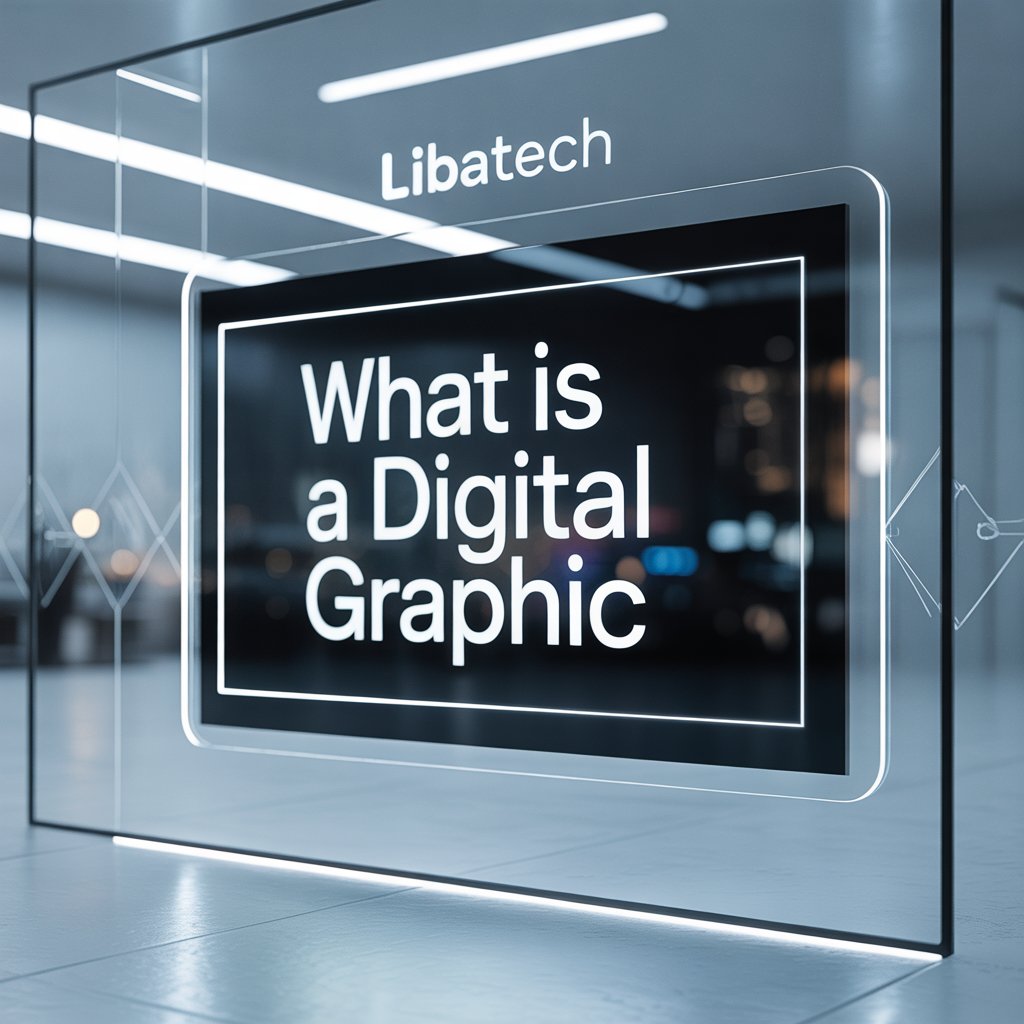What is a digital graphic? This often sparks curiosity among entrepreneurs, creatives, and digital enthusiasts. At its core, a digital graphic is a visual composition created, edited, or presented using advanced computing tools. These visuals transcend traditional boundaries, infusing everyday experiences with color, motion, and meaning reshaping how stories are told in the digital landscape.
The Evolution of Digital Design: Bridging Art and Technology
The world of design and digital media is a tapestry woven with innovation and creative energy. From mobile app icons to captivating advertising banners, digital graphics have redefined communication. Gone are the days when hand-drawn sketches dominated; today, software and digital devices empower creators to experiment endlessly, giving rise to vibrant, interactive, and immersive visuals.
What Is a Digital Designer? Crafting Tomorrow’s Visual Storytellers
The role of a digital designer goes beyond simple image-making. These professionals harness the power of specialized tools to compose everything from user interfaces to motion graphics. Digital designers blend artistic intuition with technical expertise, shaping user interactions and influencing brand narratives across platforms.

Visual Brilliance in Focus What is a digital graphic
Digital Design and Graphic Design: Distinct Yet Intertwined
While digital design and graphic design may sound interchangeable, each discipline carries unique nuances. Digital design often focuses on movement, interactivity, and adaptability in virtual environments, whereas graphic design emphasizes composition and aesthetics for both print and digital outputs. The synergy between these fields elevates campaigns and brands in the competitive digital ecosystem.
What Is Digital Art and Design: Expressions Beyond Boundaries
When exploring what digital art and design are, one discovers a realm where technology amplifies creativity. Digital art spans illustrations, 3D renders, animations, and more, all crafted using digital platforms. This evolution empowers artists to reach global audiences, collaborate in real time, and push the limits of visual storytelling.
Digital Design What Is Its Role in Modern Branding?
Digital design serves as the backbone of memorable branding strategies. It unifies color, typography, and imagery to establish consistent visual identities. Whether designing app icons, web banners, or animated ads, digital design ensures that a brand’s message resonates, inspires, and compels action.
The Power of Digital Smile Design in Healthcare
In the realm of dentistry, digital smile design represents a breakthrough in patient care. By merging photographic data with digital modeling, dental professionals can simulate smile transformations before clinical procedures offering patients clarity, personalization, and confidence in their treatment journey.
Exploring Digital Logic Design: The Foundation of Modern Computing
Behind the scenes, digital logic design forms the basis of all digital graphics and interactive content. This discipline focuses on creating circuits and algorithms that enable computers to process, analyze, and render stunning visuals. The seamless functioning of websites, apps, and games owes much to advances in this field.
Digital Photo Design: Transforming Memories into Masterpieces
Digital photo design elevates ordinary images into extraordinary works of art. Using advanced editing software, designers can enhance colors, adjust lighting, add effects, and create visual narratives that evoke emotion and meaning making every picture truly unforgettable.
Five Compelling Benefits of Digital Graphics:
- Boundless Creativity: Digital tools unlock limitless possibilities for innovative visuals.
- Instant Global Reach: Share visuals with audiences worldwide in seconds.
- Interactive Storytelling: Engage viewers through dynamic and immersive content.
- Precision and Flexibility: Refine every pixel for perfection across platforms.
- Scalable Solutions: Adapt designs effortlessly for web, mobile, and print.
No digital campaign can thrive without the importance of web design in a digital marketing strategy. A thoughtfully designed website is essential for engaging visitors, reducing bounce rates, and driving conversions. Digital graphics play a pivotal role here guiding users, delivering information, and creating a cohesive brand experience.
FAQ
How do digital graphics influence modern communication?
They deliver complex ideas through compelling visuals, simplifying messages and boosting engagement.
What makes digital design crucial for branding?
It ensures visual consistency, making brands memorable and impactful across all digital channels.
Are traditional artists switching to digital art and design?
Many are embracing digital tools to expand their creative possibilities and reach broader audiences.
How does digital smile design benefit dental patients?
It allows personalized planning and previews, enhancing trust and satisfaction with results.
Why is digital logic design important in tech development?
It forms the backbone of all interactive applications, ensuring seamless performance and reliability.
What distinguishes digital photo design from basic editing?
It transforms images into narrative experiences, adding artistic value beyond simple touch-ups.
Why is web design essential for digital marketing?
It optimizes user journeys, increases conversions, and strengthens brand presence online.
